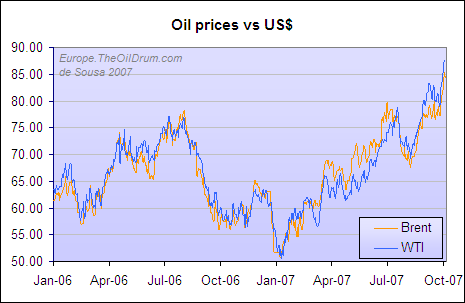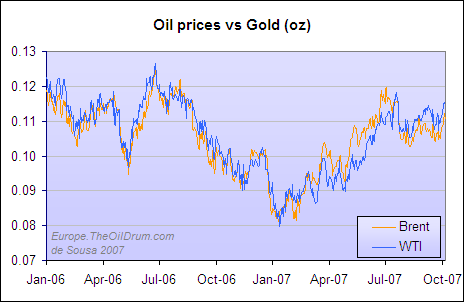Re: Powers Vow in 2007 as in 1932
Jim -
Fred wrote : << I'm only human! I think. >>
Maybe FRED is a BOT??!!
I just knew there were more of 'em around here ( :cool: !!?? )
I bet he's a BOT Jim. That explains everything - never sleeps, pops up 24/7 where iTulip discussions are getting fractious, squashes spammers to mush with all the sentimentality of a mallet at 3.00 AM, sounds 'different' every few months when they upgrade it's firmware, etc.
It's got to be a BOT! :eek:
Jim -
Fred wrote : << I'm only human! I think. >>
Maybe FRED is a BOT??!!
I just knew there were more of 'em around here ( :cool: !!?? )
I bet he's a BOT Jim. That explains everything - never sleeps, pops up 24/7 where iTulip discussions are getting fractious, squashes spammers to mush with all the sentimentality of a mallet at 3.00 AM, sounds 'different' every few months when they upgrade it's firmware, etc.
It's got to be a BOT! :eek:
 It's nice to have someone here with some, I take it, intimate knowledge about oil. You're not spoofing us are you?
It's nice to have someone here with some, I take it, intimate knowledge about oil. You're not spoofing us are you?



Comment